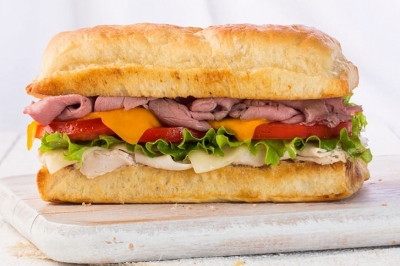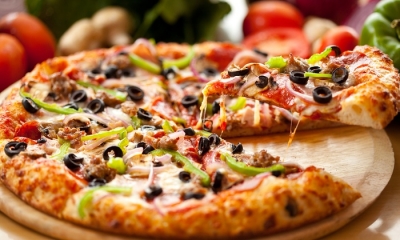
Origin
Though macaron is one of the most popular French confections, its root can be traced back to Italy. According to some food historians, macaron was brought to France by Catherine di Medici, and Italian noblewoman and the queen of France in the mid-1500s. These Italian macarons were simple cookies made of sugar, almond flour and egg white. It was popularly known as maccherone, Italian for fine dough. Almond macarons were a popular item served to the French King Louis XIV at the Palace of Versalilles. The first written recipe of the macaron appeared in France in the 17th Century. The popularity of the cookies has spread in the region since. However, macarons were eaten only by the elite until the early 1700s.
During the French Revolution, two Carmelite nuns in Nancy, a town in north-eastern France, sold macarons to common people to make some money to support themselves. They came to be known as “Macaron Sisters”. The macarons sold by the nuns were different from the ones prepared today, as they did not have any filling.
Macaron rose to International fame in the 1830s, when Parisian confectioner La Maison Laduree introduced ‘Macaron Parisien’. Laduree and his cousin were among the first to sandwich buttercream, jam and compote (syrups made with fruits) between two macaron cookies. Since then, macarons have been a huge hit not just among the French, but across the world.
Macaron or Macaroon?
Macarons and macaroons are often used interchangeably. However, these are two very different confections. Macarons are made with whipped egg white, almond flour and sugar, whereas macaroons are made with coconut, eggs and sugar. Macarons are light and have a filling, but macaroons are dense and are covered in coconut shavings, with no filling. The history and evolution of the two also vary.
Fun Flavours
From classic French to smoked salmon macarons, there are a wide range of flavours available today. The most popular flavours include pistachio, vanilla, caramel, chocolate, espresso and raspberry.
A few quickly flavours are cheeseburger, green Thai curry, ketchup, wasabi, cheetos, honey lavender, cheesecake, eggnog, creme brulee, and mustard and cauliflower.
Our Own Variant
The Thoothukudi macaroon made in Tamil Nadu is an Indian adaptation of the European macaron. This confection is a reinvented variant made with cashew and shaped into a cone. There is also a Mangaluru version, inspired by the Thoothukudi macaroon.
Picture Credit : Google





